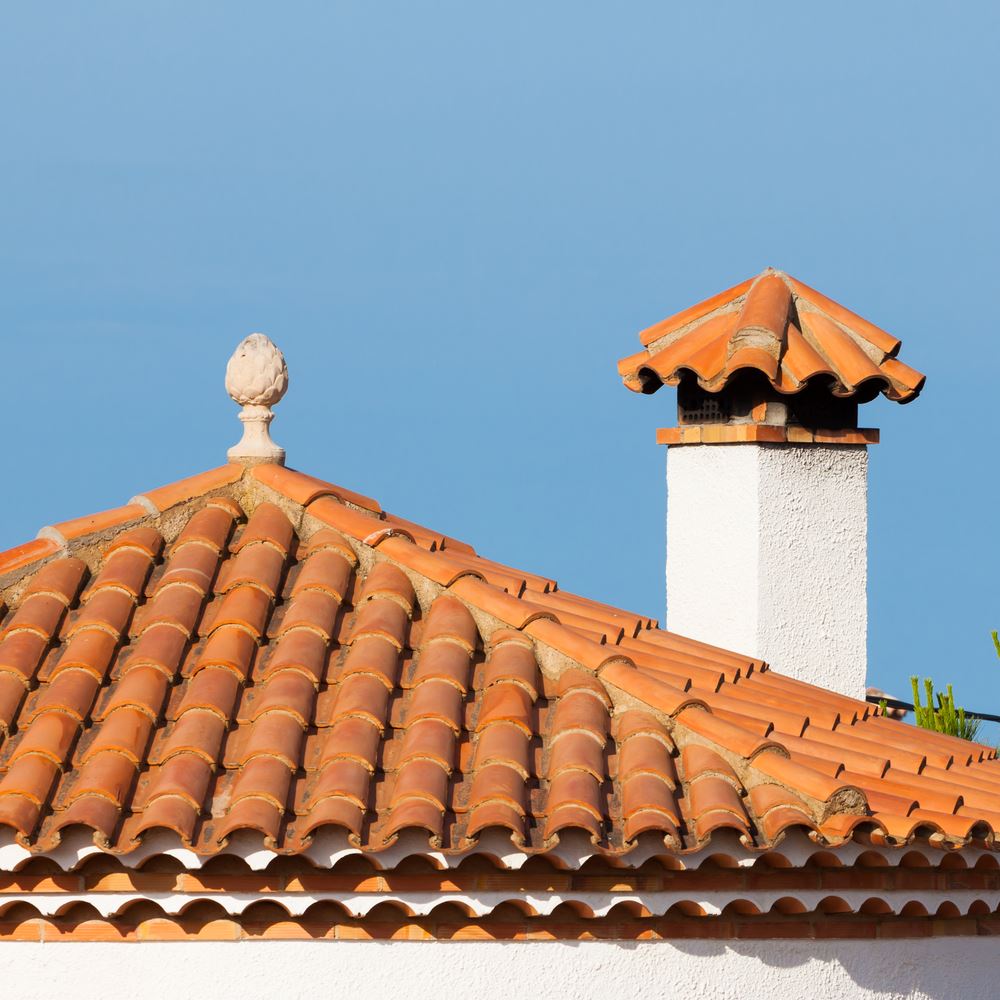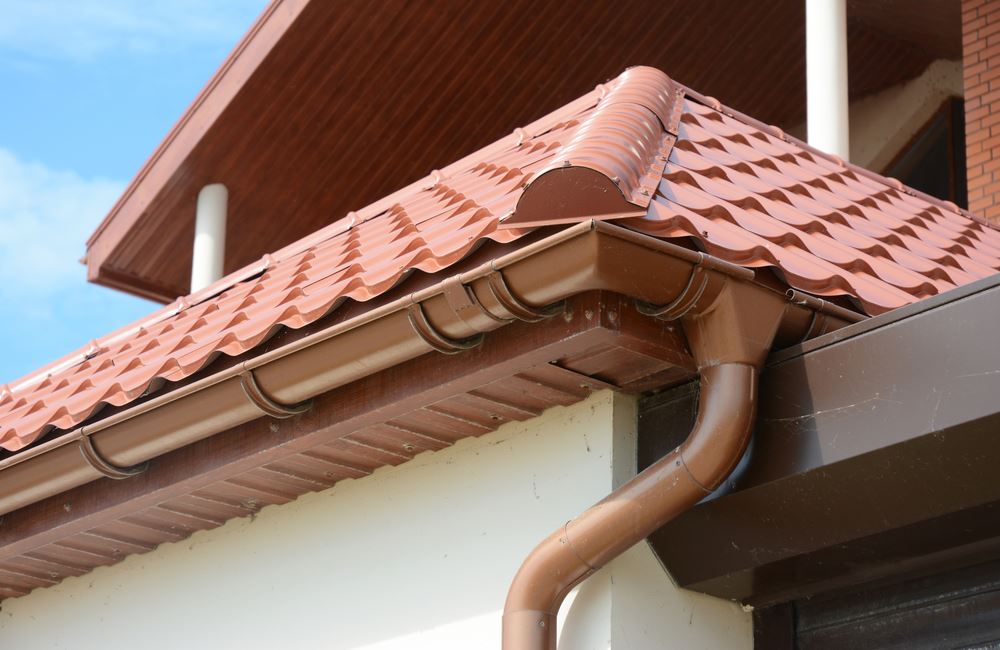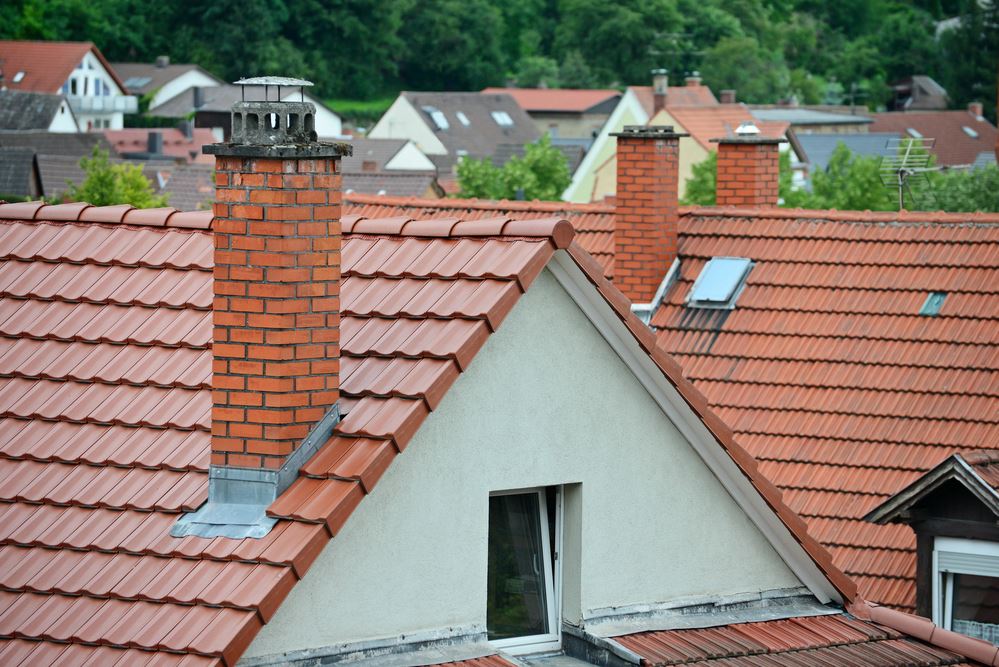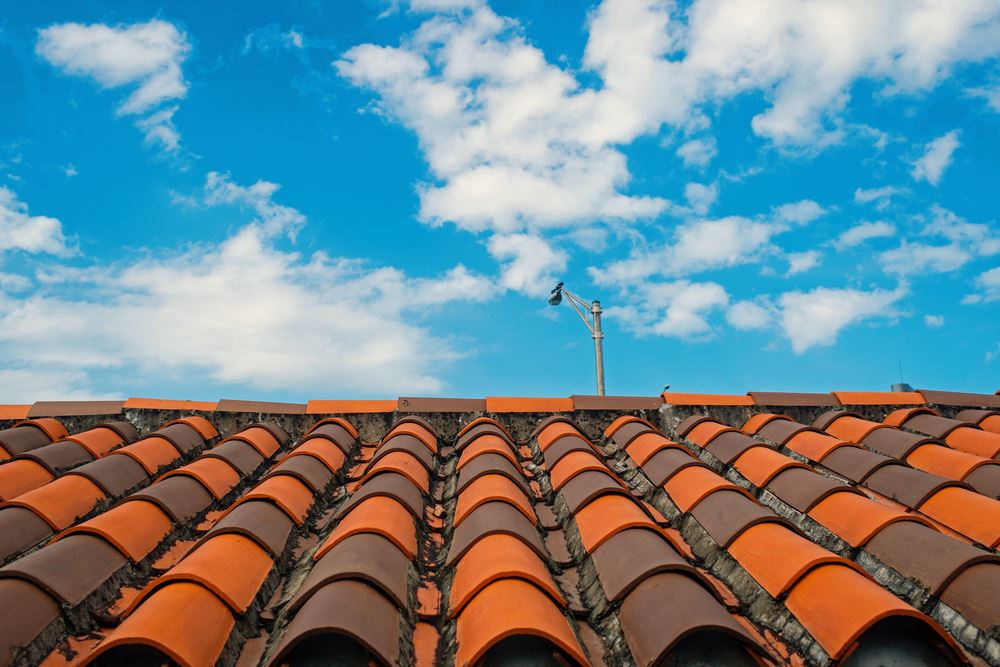When it comes to roofing in Austin, homeowners have a myriad of options to choose from. Each material offers unique characteristics, catering to diverse needs and aesthetic preferences. From traditional asphalt shingles to modern metal roofs, the choices are abundant. However, clay tile roofing is one option that stands out amidst this variety for its durability, aesthetic appeal, and sustainability. Below we will discuss the benefits of clay tile roofing in the Austin area.
Clay Tile Roofing: An Age-Old Solution for Modern Homes
Clay tile roofing is not new; it has been a trusted roofing solution for centuries. It combines traditional elegance and contemporary efficiency in the modern context. Known for its distinctive appearance, clay tile roofing adds a touch of classic beauty to any home. Its popularity in Austin is due to its aesthetic appeal and the multiple clay tile roofing benefits it offers.
Significance of Roofing in Austin’s Climate
Considering the city’s unique climatic conditions, choosing the right roofing material is especially crucial in Austin. Austin experiences a hot and humid climate most of the year, interspersed with heavy rainfalls. These weather patterns demand roofing materials that can withstand high temperatures, provide excellent insulation, and resist moisture and mold. Clay tile roofing, with its inherent properties, emerges as a leading choice for homeowners in Austin looking to balance functionality with style.

Historical and Cultural Significance of Clay Tile Roofs
Historical Roots of Clay Tile Roofing in Architecture
Clay tile roofing holds a rich historical significance that dates back thousands of years. Its origins can be traced to ancient China and the Middle East, where it was valued for its durability and protective qualities. Over the centuries, this roofing style spread across Europe, becoming a hallmark of Mediterranean architecture. The Spanish and Italian influences, particularly, are notable in the red terracotta tiles that have become synonymous with clay tile roofing. This historical background adds an element of timeless beauty and speaks of the long-standing trust in clay tiles for providing robust protection against the elements.
Clay Tiles in Austin’s Architectural Landscape
In Austin, using clay tile roofing is more than just a nod to historical practices; it blends cultural aesthetics with modern needs. The city’s architectural landscape is dotted with homes that showcase beautiful clay tile roofs, ranging from traditional Spanish-style villas to contemporary houses. Integrating clay tiles into Austin’s architecture is about preserving a historical element and embracing a roofing solution that aligns well with the local climate and cultural aesthetics. The presence of clay tile roofs in Austin is a testament to the city’s appreciation for materials that offer functional benefits and a connection to a rich architectural heritage.
Key Benefits of Clay Tile Roofing
Durability and Longevity
- Comparison with Other Roofing Materials: Clay tile roofing stands out for its exceptional durability compared to popular roofing materials like asphalt or wood. Clay tiles are known for their resistance to decay, mold, and fire, offering a lifespan that can exceed 50 years with proper maintenance. This longevity makes them a cost-effective choice in the long run despite the higher initial investment.
- Impact of Austin’s Weather on Roofing Materials: Austin’s unique weather patterns, which include intense heat and occasional heavy rains, can take a toll on less durable roofing materials. Clay tiles, however, are remarkably well-suited to these conditions. Their natural composition makes them resistant to UV rays, and their dense structure provides excellent protection against rain and wind, ensuring longevity in Austin’s climate.
Energy Efficiency and Insulation
- How Clay Tiles Keep Homes Cooler: One of the significant benefits of clay tile roofing is its natural ability to insulate and keep homes cooler. The heavy thermal mass of clay tiles allows them to absorb and dissipate heat effectively, reducing heat transfer into homes. This characteristic is particularly beneficial in Austin’s hot summers, helping maintain a comfortable indoor temperature.
- Contribution to Lower Energy Bills: The insulating properties of clay tiles contribute significantly to energy efficiency, leading to lower energy bills. By reducing the need for air conditioning, these tiles can help homeowners save on energy costs while also reducing the environmental impact of their homes.
Aesthetic Appeal and Versatility
- Variety in Styles and Colors: Clay tiles offer various styles and colors, from traditional terracotta to modern slate hues. This versatility allows homeowners to choose tiles that complement their homes‘ architectural style, whether it’s a historic building or a contemporary structure.
- Enhancing Curb Appeal and Property Value: The aesthetic appeal of clay tile roofs is undeniable. They not only enhance the curb appeal of a property but also contribute to its overall value. Clay tiles’ timeless beauty and durability can be a significant selling point, making homes more attractive to potential buyers.
Environmental Friendliness
- Natural Materials and Sustainability: Clay tiles are made from natural materials, primarily clay and water, making them a sustainable choice. Their production involves minimal processing, and they do not release harmful chemicals into the environment.
- Recyclability and Eco-friendly Manufacturing Processes: Clay tiles’ recyclability is another advantage. At the end of their life, they can be recycled and reused, reducing waste. Additionally, many manufacturers have adopted eco-friendly processes in producing clay tiles, further enhancing their environmental appeal.

Considerations for Choosing Clay Tile Roofing in Austin
Cost Analysis and Investment Value
While the initial cost of clay tile roofing can be higher than other materials, it’s essential to consider the long-term investment value. The durability and longevity of clay tiles often lead to fewer repairs and replacements over the years. Additionally, the energy efficiency and aesthetic appeal of clay tile roofing can significantly increase a property’s value, making it a wise investment for many Austin homeowners.
Installation and Maintenance Requirements
Proper installation is key to maximizing the benefits of clay tile roofing. Hiring experienced professionals familiar with the specific requirements of clay tile installation is crucial. Regarding maintenance, while clay tiles require relatively low upkeep, regular inspections are recommended to check for cracked or broken tiles, especially after severe weather conditions.
Local Building Codes and Regulations
Homeowners need to be aware of local building codes and regulations in Austin regarding roofing materials. These regulations may dictate specific requirements for weight, installation methods, and fire ratings. Ensuring compliance with these codes guarantees safety and prevents potential legal issues.
Overcoming Common Misconceptions
Debunking Myths About Clay Tile Roofing
There are several misconceptions about clay tile roofing that can deter homeowners. Some believe that clay tiles are only suitable for specific architectural styles or are not durable enough. However, the versatility in design and proven resilience of clay tiles in various climates debunks these myths, affirming their suitability for various homes and environmental conditions.
Addressing Concerns About Weight and Installation
One common concern about clay tile roofing is its weight. While clay tiles are heavier than some other materials, most modern structures are designed to support this weight. Installation is a specialized process requiring skilled professionals, but it ensures a secure, long-lasting roof when done correctly. Homeowners should consult experts to assess their home’s suitability for clay tile roofing and ensure proper installation.
Future of Clay Tile Roofing in Austin
Trends and Innovations in Clay Tile Technology
The future of clay tile roofing in Austin looks promising, with ongoing trends and innovations enhancing its appeal. Technological advances have developed lighter and stronger clay tiles, expanding their suitability to a broader range of structures. Additionally, innovations in color and finish options allow for greater customization, enabling homeowners to achieve unique aesthetics while retaining the classic benefits of clay tile roofing.
The Role of Clay Tiles in Sustainable Building Practices
Clay tiles play a significant role in sustainable building practices. Their natural composition, long lifespan, and energy efficiency align well with the growing emphasis on eco-friendly construction. As Austin continues to embrace sustainable building codes and practices, clay tile roofing is expected to become an even more prevalent choice, contributing to the city’s environmental conservation efforts.

Why Clay Tile Roofing Stands Out in Austin
Clay tile roofing stands out in Austin for its unique combination of durability, energy efficiency, aesthetic appeal, and environmental friendliness. These benefits make it ideal for the city’s diverse climate and architectural styles, offering homeowners a practical and visually appealing roofing solution.
For homeowners and builders in Austin, clay tile roofing is a highly recommended option. When considering a new roof or a replacement, it’s crucial to weigh the long-term benefits of clay tiles against the initial investment. Consulting with experienced roofing professionals can help make informed decisions, ensuring that the roofing choice enhances the home’s beauty and contributes to its overall value and efficiency.
FAQs
What is the average lifespan of a clay tile roof in Austin?
The average lifespan of a clay tile roof in Austin is typically 50 years or more, provided it is properly installed and maintained. This longevity surpasses many other roofing materials, making clay tiles a cost-effective option in the long run.
How does clay tile roofing withstand severe weather conditions?
Clay tile roofing is exceptionally resilient in severe weather conditions. Its robust structure offers excellent resistance to high winds, hail, and heavy rains common in Austin. Furthermore, clay tiles are fireproof, adding an extra layer of safety during extreme weather events.
Is clay tile roofing more expensive than other options?
Initially, clay tile roofing can be more expensive than other roofing options, like asphalt shingles. However, when considering durability and the minimal maintenance required over its lifespan, clay tile roofing can be a more economical choice in the long term.
Can clay tiles be used on any style of home?
Clay tiles are versatile and can complement various architectural styles, from traditional Spanish and Mediterranean homes to modern and contemporary designs. Their variety in color and shape allows them to enhance the aesthetic of virtually any home style.
What maintenance is required for clay tile roofs?
Clay tile roofs require relatively low maintenance. Regular inspections are recommended to identify and repair any cracked or broken tiles. Keeping the roof free of debris and ensuring that gutters and downspouts are clear can also prolong the life of a clay tile roof.

